List of Things To Do Now That Binance is Banned in the Philippines
Here are the steps to move your funds off Binance, including a temporary solution to access it via DNS switch.
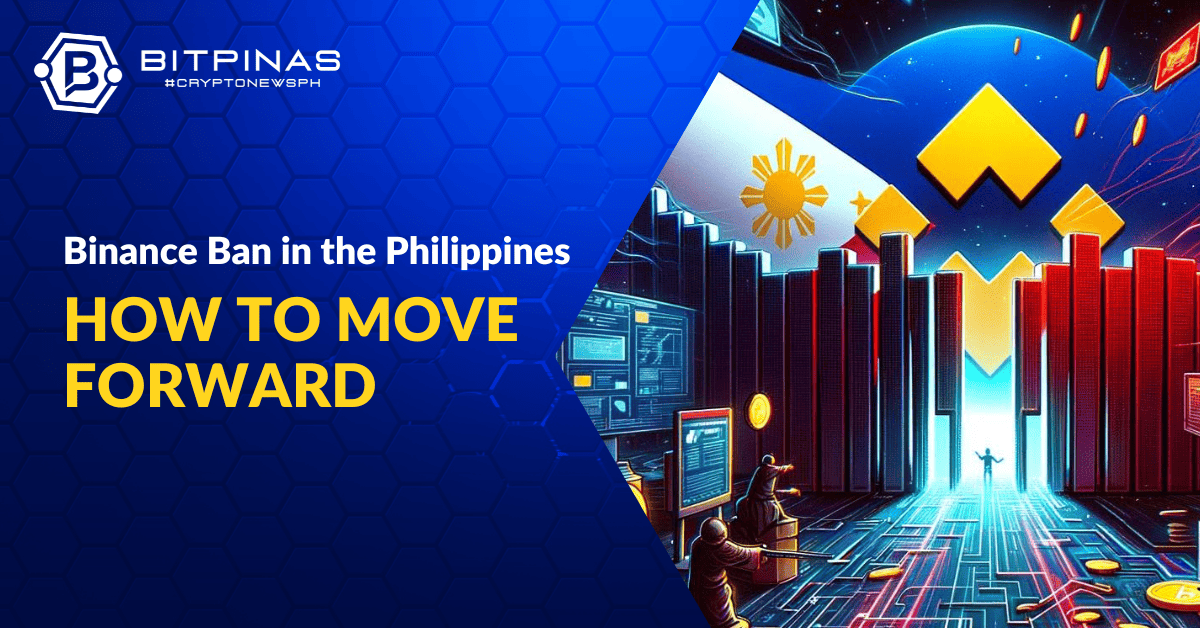
Created by the BitPinas team, with additional sections by Henry Banayat, Luis Buenaventura
Added on March 27: How to use DNS switch to access Binance temporarily and then move your funds cheaply elsewhere. (Go to this section of the guide if preferred.)
Update March 26: [BREAKING] Binance Blocked By SEC, NTC in the Philippines
With the impending possible ban of crypto exchange Binance in the Philippines, many users are facing uncertainty. This comprehensive guide aims to guide a path forward, a detailed exploration of alternatives to Binance, including other exchanges, wallets, and decentralized platforms.
Table of Contents
Understanding the Possible Binance Ban
The Securities and Exchange Commission (SEC) of the Philippines has taken action to issue an advisory vs Binance, citing the cryptocurrency exchange’s failure to comply with local regulations. On March 25, 2024, SEC has successfully requested the National Telecommunications Commission (NTC) to block Binance,
On March 26, 2024, the Binance website is no longer available although the app still works.
Read:
- [BREAKING] Binance Blocked By SEC, NTC in the Philippines
- Ex-Local Chief Stern Departs Binance; Overview of PH Operations
- PH Crypto Community Reacts to SEC Warning vs. Binance
- [Recap] Is Binance Going to be Banned in the Philippines? | BitPinas Webcast 32
In a panel discussion, Commissioner Kelvin Lee defended the advisory vs Binance:
- “I kept getting asked: why ban Binance when it is cheaper and has more options—of course, they are cheaper because they never bothered to register in the Philippines and bothered to comply. Unlike the registered entities, there is of course compliance costs (that the VASPs have to shoulder).”
- Commissioner Lee first clarified that it is their mandate to remind Filipino investors not to invest in unregistered exchanges, instead, there are VASPs (virtual asset services providers) that are registered and have accountability in case something happens.
Read: Exclusive: SEC Pinpoints Start Date for “Three-Months” Until Binance Ban
I Can Still Access The App – Will Binance really be banned in the Philippines? Will the deadline be extended?
- The press release from the SEC says they are also working with meta and the app stores to block Binance.
- As of March 27, 2024, reports online suggests that Binance is not available in Huawei App gallery.
Possible Scenarios to Consider
With the SEC successfully blocking Binance, there are NO MORE scenarios to consider. It is expected that Binance might be removed from Google Play and App Store as well.
Possible Action for Binance Users
1. Do nothing
This action is risky because Binance can no longer be accessed without resorting to band-aid solutions like using an alternative DNS or VPN. More on this later.
2. Take Action by Moving The Funds Off Binance
Because the Binance website is no longer accessible, users who are not able to move their funds off the exchange might find it difficult to do it now. Let’s explore the actions you can consider:
How to access Binance via DNS to transfer your funds elsewhere
This section of this guide is from the post of Luis Buenaventura, contributed to BitPinas:
1. CONNECT VIA 1.1.1.1
Some of you are already unable to load Binance, so your first step should be to regain access. Download the free app 1.1.1.1 by Cloudflare and turn it on. This will reroute your connection to a global DNS and bypass the local ones. You should be able to access Binance again.
I can’t recommend using this permanently because there’s always a possibility that Binance itself might shut its service down for Filipinos, if there is enough government pressure to do so.
However, given that your money would be completely stuck otherwise, then this is a good solution.
2. SELL AND REBUY
If you have a lot of Ethereum-based tokens (ex. SHIB) and your holdings amount to less than $100 each, you can’t do a regular withdrawal because it’ll consume over 10% of your holdings.
Assuming you have a new place to move to, just sell your SHIB and other small token holdings for USDT, then transfer that USDT to the new exchange using the Tron network. Make sure you take note of how many SHIBs or other tokens you actually had before you sell.
On Binance this will cost $1 to withdraw. When the USDT arrives in the new exchange just buy the tokens again. It will not be the same amount as before, but if you’re on a big exchange you should be within 1-2% of the original amounts.
3. GO DECENTRALIZED
If your tokens are mostly from other base layer chains (BSC, SOL, etc), then you should consider just shifting to a decentralized strategy and install the official wallets of those ecosystems. Trust wallet is good for most coins, and Phantom and Solflare are great for Solana based things. I use Keplr for all my Cosmos related stuff (TIA, INJ, ATOM, DYDX). And of course Ronin for a growing number of gaming tokens.
Although this may sound like a lot of hassle, there is no technological way for any government agency to cut off your access to your funds if you go down this path so it’s worth the effort.
Exploring Alternative Platforms
When selecting a new platform, consider security, regulatory compliance, user experience, fees, and available cryptocurrencies. Here are some alternatives:
Licensed Centralized Exchanges:
Centralized exchanges are cryptocurrency trading platforms that facilitate transactions between buyers and sellers through a central intermediary.
As a licensed centralized exchange (or licensed virtual asset service provider (VASP), they have all the necessary permits to legally operate in the Philippines.
Considerations: Pros and Cons
With unregistered exchanges, if something bad happens, there might be no legal recourse because local authorities cannot obviously run after them.
On the other hand, licensed VASPS can be held accountable in Philippine courts or to the regulators like the BSP and the SEC. Users can send complaints to regulators or file cases.
A common narrative is that local exchanges have higher fees. As mentioned earlier, being licensed means they have additional compliance cost. And because they are not global exchanges, they have smaller liquidity.
However, local exchanges are constantly announcing updates and improvements in the last few months.
- Local VASP Coins.ph Announces Solana Integration in Feb
- GCash, Axie Infinity Team Up for Seamless Crypto Transactions Across Ronin Games
- What is HBAR? PDAX Adds Token of Hedera Network
- [Interview] PDAX Bonds Info – Why The Local Exchange Offer Government Bonds
- Moneybees, PSulit Money Changer Open Third OTC Crypto Trading Hub
Click here for a complete list of licensed crypto exchange in the Philippines. Some popular centralized exchanges in the Philippines include:
Coins.ph
Established in 2014, Coins.ph is regulated by the Bangko Sentral ng Pilipinas, holding Virtual Asset Service Provider (VASP) and Electronic Money Issuer (EMI) licenses.
| Website | https://coins.ph/ |
| KYC Requirements to Open an Account | – Phone Number – Email Address – Valid ID – Personal Information – Selfie Verification |
| Minimum Buy Price | ₱5 |
| Number of Cryptocurrencies Available | 58+ |
Coins.ph also has Coins Pro, an order book crypto trading platform. An order book crypto trading platform is a type of crypto exchange wherein when the user buys a cryptocurrency, there is also a user on the seller side of the trade, organized by price level.
(Read: How to Use Coins Pro Exchange by Coins.ph)
PDAX (Philippine Digital Asset Exchange)
PDAX, established in 2018, is a regulated digital asset exchange platform allowing users to trade cryptocurrencies. Licensed by the BSP and the SEC, PDAX previously operated an order book exchange before a system switch, which now means the user trades in a more simplified interface.
PDAX provides various payment options such as bank transfers, online banking, and e-wallets. Additionally, users can securely store their cryptocurrencies in the platform’s built-in digital wallet.
| Website | https://pdax.ph/ |
| KYC Requirements to Open an Account | Email AddressValid IDPersonal InformationSelfie Verification |
| Minimum Buy Price | ₱50 |
| Number of Cryptocurrencies Available | 37+ |
(Read: How To Use PDAX: Local Crypto Trading Platform (Tagalog Guide)
GCash
GCash is a popular e-wallet giant in the country. GCash does not have license, but VASP license PDAX powers its crypto platform GCrypto.
| Website | https://www.gcash.com/services/gcrypto |
| KYC Requirements to Open an Account | – Personal Information – Valid ID – Mobile Number – Email Address |
| Minimum Buy Price | Depending on token |
| Number of Cryptocurrencies Available | 27 |
(Read: GCrypto Guide | How to Buy & Sell Crypto on GCash)
Maya
Maya, formerly Paymaya, announced its in-app crypto trading feature in 2022. Its crypto offering was made possible with its partnership with the global crypto platform, Coinbase Institutional, as its liquidity provider.
Maya is a popular e-wallet in the country, but it is also registered as a VASP and a digital bank.
| Website | https://www.maya.ph/crypto |
| KYC Requirements to Open an Account | Phone NumberValid IDPersonal InformationSelfie Verification |
| Minimum Buy Price | ₱1 |
| Number of Cryptocurrencies Available | 21 |
(Read: Maya Now Allows Users to Send And Receive Crypto)
BloomX
BloomX is another crypto platform that allows users to buy and sell crypto with PHP. Previously operating a beta-only web platform for retail users, BloomX has shifted back to its original focus: providing remittance and OTC (over-the-counter) cryptocurrency trading services.
| Website | https://www.bloom.solutions/ |
| KYC Requirements to Open an Account | No data available |
| Minimum Buy Price | No data available |
| Number of Cryptocurrencies Available | 250+ |
(Read: Philippines Gets New Crypto Trading Platform With BloomX App)
Moneybees
Moneybees Forex Corporation is a crypto OTC service provider. It promises to offer no trading fees, which means the buy and sell rates are fixed. Moneybees also launched its “Buy and Sell Via Chat” feature, which enables users to buy and sell crypto OTC virtually—by just chatting with their customer service.
| Website | https://www.moneybees.ph/ |
| KYC Requirements to Open an Account | – Personal Information – Valid ID – Proof of Address – Proof of Income |
| Minimum Buy Price | ₱1,000 |
| Number of Cryptocurrencies Available | 200+ |
(Read: Moneybees Opens New Outlets, Aims to Process Php 2 Billion Crypto Transactions This Year)
Start Using Decentralized Exchanges (DEXs):
Introduction
Decentralized exchanges are cryptocurrency trading platforms that operate without a central authority. Instead, these rely on a peer-to-peer network of users to facilitate trades. This design eliminates the need for a trusted third party, which can improve security and privacy.
Pros
In addition, DEXs provide users with greater control over their funds, as they are not held by a centralized entity.
Cons
- Note that you cannot put funds in a DEX, you will need a wallet (like MetaMask or Phantom).
- In addition, users must remember the seed phrases. If these are lost, the user will not be able to retrieve their funds. Simply put: the funds will be lost forever. This the tradeoff in exchange to more privacy and control.
- You also need to be vigilant with potential hacks or scam. (Although it can be argued that every option in this list has that risk, but more so in decentralized exchanges.)
(Read: 5 Popular Decentralized Exchanges)
Uniswap
Uniswap is a decentralized exchange (DEX) built on the Ethereum blockchain. It enables users to trade ERC-20 tokens without the need for intermediaries or platform fees. Uniswap uses a novel automated market-making (AMM) algorithm to facilitate token trading, eliminating the need for traditional order books and matching buyers and sellers.
Uniswap is governed by its governance token, UNI.
| Website | https://uniswap.org/ |
| Number of tokens offered | 1025+ |
| Trading Fee | 0.01%, 0.05%, 0.30%, and 1.00% |
| Non-custodial wallet needed | MetaMask |
(Read: Uniswap Guide, Usecases, and Where to Buy in the Philippines)
PancakeSwap
PancakeSwap is a decentralized exchange (DEX) built on the Binance Smart Chain (BSC). It allows users to swap BEP-20 standard tokens with ease.
PancakeSwap uses an AMM model, where users trade against a liquidity pool. The platform has grown to become one of the most popular AMMs on BSC by user count, and it is known for its lower transaction fees.
| Website | https://pancakeswap.finance/ |
| Number of tokens offered | 302+ |
| Trading Fee | 0.25% |
| Non-custodial wallet needed | Trust Wallet |
Curve
Curve is another Ethereum-based DEX. Though it was primarily launched for stablecoins, it still supports ERC-20 tokens.
| Website | https://curve.fi/ |
| Number of tokens offered | 122+ |
| Trading Fee | 0.04% |
| Non-custodial wallet needed | MetaMask |
Jupiter
Jupiter is a DEX for the Solana blockchain. It operates as an aggregator, gathering liquidity from various DEXs and AMMs within the Solana ecosystem.
| Website | https://jup.ag/ |
| Number of tokens offered | 302+ |
| Trading Fee | 0.30% |
| Non-custodial wallet needed | Phantom Wallet |
THORSwap
THORSwap is a THORchain-based DEX that supports cross-chain L1 swaps across 10 major L1 blockchains.
| Website | https://thorswap.finance/ |
| Number of tokens offered | 25+ |
| Trading Fee | Not disclosed |
| Non-custodial wallet needed | XDEFI Wallet |
Foreign Exchanges
Based on the top five most famous centralized exchanges in the Philippines, sorted by monthly visits based on Similarweb data, three are international—Binance, Bybit, and Kucoin. Other options are MEXC and Gemini.
Pros
- As global exchanges, these platforms have higher liquidity and lesser fees.
- They also tend to list coins faster.
Cons
- However, it should be noted that SEC Commissioner Kelvin Lee said in a December event that the Philippine regulator is taking a wait-and-see approach to see if these foreign entities will register.
- And if these entities do not register, the same advisory issued against Binance is expected to be released against them.
- As they are foreign exchanges, local users have limited recourse (no legal recourse, for example) if something happens to their funds. For example, if the exchange shuts down.
(Read: SEC Pinpoints Start Date for “Three-Months” Until Binance Ban)
Transferring to Crypto Wallets
The selection of a cryptocurrency wallet is important because it affects the security, accessibility, ease of use, and functionality of one’s cryptocurrency holdings. There are different types of wallets, each with its advantages and disadvantages. Choosing the right wallet depends on individual needs and preferences.
Custodial Wallets
A custodial wallet is a wallet in which a third party holds the private keys on behalf of the user. The third party has full control over the user’s crypto assets, including the responsibility of managing the wallet key, signing transactions, and protecting the user’s crypto assets. This makes custodial wallets more susceptible to hacks than non-custodial wallets, as the third party has access to the user’s private keys.
- Custodial wallets are typically offered by centralized exchanges, and they provide a convenient and secure way for users to store their crypto assets.
- Basically, when a user creates an account on a CEX, a custodial wallet is automatically generated for a user’s crypto trading experience.
Non-Custodial Wallets
A non-custodial wallet provides users with complete control over their assets. Users are responsible for managing their own private keys, signing transactions, and protecting their cryptocurrency assets.
Some of the notable non-custodial wallets are:
- MetaMask: An Ethereum-based wallet. https://metamask.io/
- Trust Wallet: A Binance Smart Chain-based wallet that is compatible with other blockchains. https://support.trustwallet.com/en/support/home
- Coinbase Wallet: Supports Ethereum, Solana, and other EVM-compatible networks. https://www.coinbase.com/wallet
- Guarda Wallet: Supports Bitcoin, Ethereum, Binance Smart Chain, and TRON networks. https://guarda.com/download/
- Phantom Wallet: Supports Solana, Ethereum, and Polygon networks. https://phantom.app/
- Avalanche Wallet: An Avalanche-based wallet. https://wallet.avax.network/
- Daedalus Wallet: For Cardano protocol. https://daedaluswallet.io/
- Pontem Wallet: An Aptos-centric wallet. https://pontem.network/
- Ronin Wallet: The wallet built for the Ronin ecosystem, including popular blockchain game Axie Infinity. https://wallet.roninchain.com/
- Kukai Wallet: A wallet for the Tezos network. https://wallet.kukai.app/
Hardware Wallets:
Hardware wallets offer top-tier security by keeping private keys offline on a physical device. This offline storage makes them less vulnerable to hacking and theft, making them a preferred choice for safeguarding significant amounts of cryptocurrency over an extended period.
Advantages include the highest level of security for private keys, resistance to online hacks and malware, and compatibility with various cryptocurrencies. Notable hardware wallets in the market include Ledger Nano S, Trezor One, and Coldcard.
Software Wallets:
Software wallets store private keys within a software application and are widely used in the current cryptocurrency landscape.
Popular software wallets include Guarda Wallet, known for its high security and extensive support for crypto assets, Exodus Wallet, Coinbase Wallet, Trust Wallet, and MetaMask.
Mobile Wallets:
Mobile wallets are smartphone applications designed for on-the-go management and storage of cryptocurrencies. While providing convenience and functionality, their security is contingent on the mobile device’s security.
Advantages of mobile wallets include easy access to cryptocurrencies, support for various cryptocurrencies and features, and QR code scanning for swift transactions. Coinomi and Mycelium are among the popular mobile wallets in use.
Transact via P2P – Person to Person
By peer-to-peer, we mean here P2P in its purest definition – people meeting in real life to exchange their crypto in exchange for fiat to another person. (This is in contrast with escrow services, which the BSP thinks is a VASP activity).
P2P comes with its own set of pros and cons:
(The section of P2P pros and cons is contributed by Henry Banayat)
Pros
- Direct Control: Participants have direct control over their transactions without the need for intermediaries, which aligns with the decentralized nature of cryptocurrencies.
- Privacy: These transactions can offer higher levels of privacy since they do not necessarily require the sharing of personal information with a third party.
- Negotiable Terms: Parties can negotiate exchange rates and terms directly, potentially leading to better deals than those offered by standardized platforms.
- Accessibility: P2P transactions can be more accessible for individuals who do not have access to traditional banking systems or who prefer not to use centralized cryptocurrency exchanges.
- Trust and Community: Engaging in local P2P transactions can help build trust and a sense of community among cryptocurrency users in the same geographic area.
Cons of P2P Transactions
- Security Risks: Meeting strangers for transactions poses significant security risks, including the potential for theft or fraud.
- Lack of Escrow: Without an escrow service, there’s a higher risk that one party may not fulfill their end of the bargain, leading to potential disputes or losses.
- Regulatory Compliance: Navigating the legal and tax implications of P2P transactions can be complex, and participants may inadvertently violate laws regarding money laundering or reporting requirements.
- Limited Liquidity: Finding a match for specific transaction needs (amount, currency type) can be more challenging without a centralized platform to aggregate offers and demands.
- Time-Consuming: The process of arranging a meeting, negotiating terms, and verifying the transaction can be more time-consuming compared to using an online platform with automated processes.
While P2P transactions embody the pioneering spirit of cryptocurrency trading by promoting decentralization and direct engagement between participants, they also carry inherent risks and limitations that need to be carefully considered.
Transitioning to a New Platform
- Follow the sign-up and know-your-customer (KYC) procedures of your chosen platform.
- For DEXs, you’ll need a compatible wallet and an understanding of smart contracts.
- Familiarize yourself with the new platform’s features and test with small transactions.
- Staying informed and safe
- Keep abreast of regulatory updates.
- Be vigilant against scams in the crypto space.
- Engage with local crypto communities for insights and experiences.
(Read: How to Buy Crypto in the Philippines in 2023)
This article is published on BitPinas: How to Prepare For A Possible Binance Ban in the Philippines
Disclaimer:
- Before investing in any cryptocurrency, it is essential that you carry out your own due diligence and seek appropriate professional advice about your specific position before making any financial decisions.
- BitPinas provides content for informational purposes only and does not constitute investment advice. Your actions are solely your own responsibility. This website is not responsible for any losses you may incur, nor will it claim attribution for your gains.

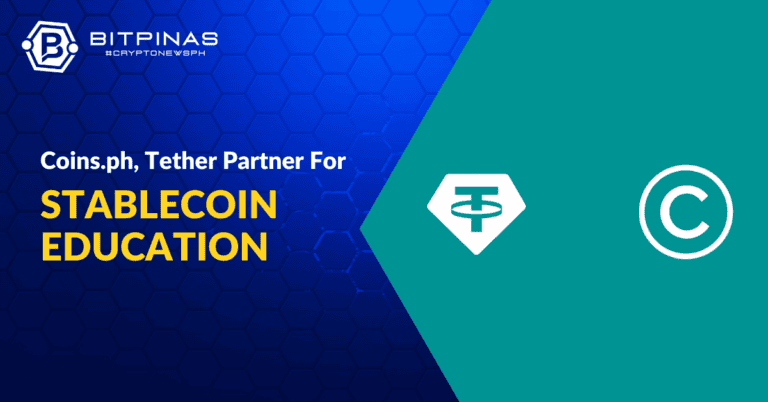
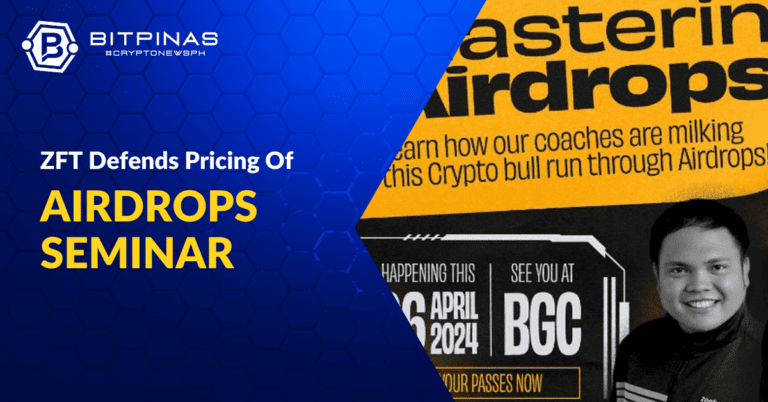
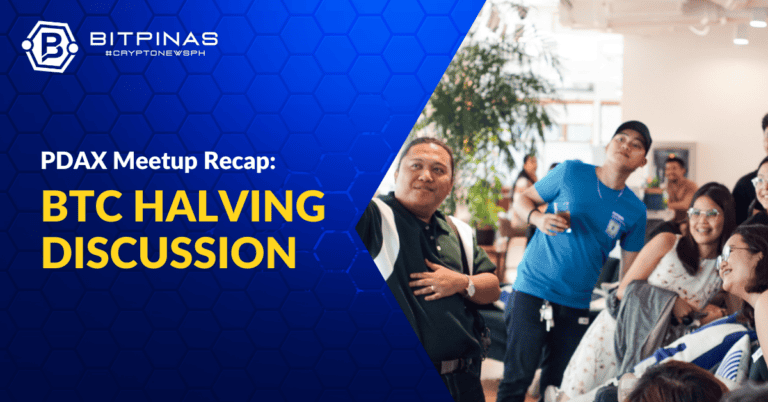
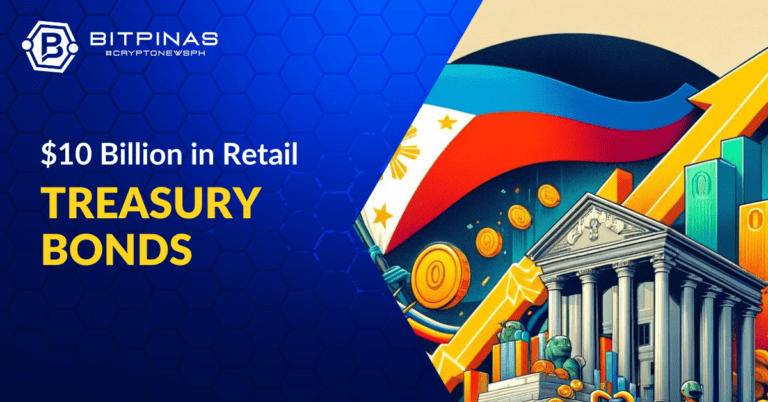
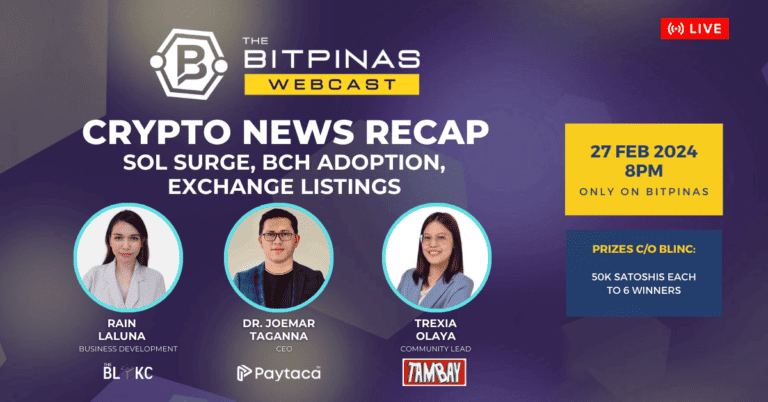
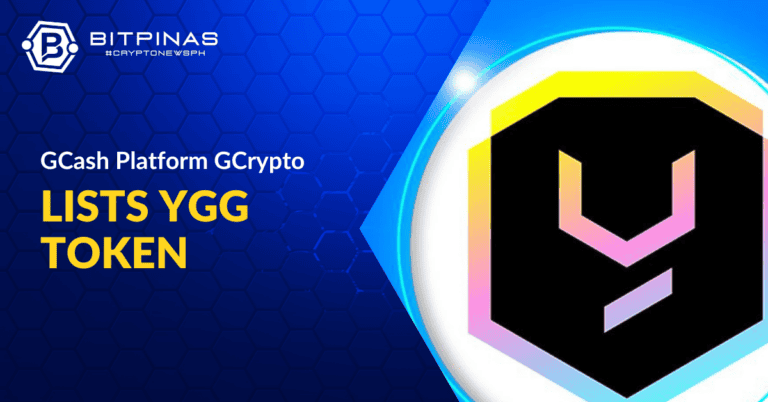
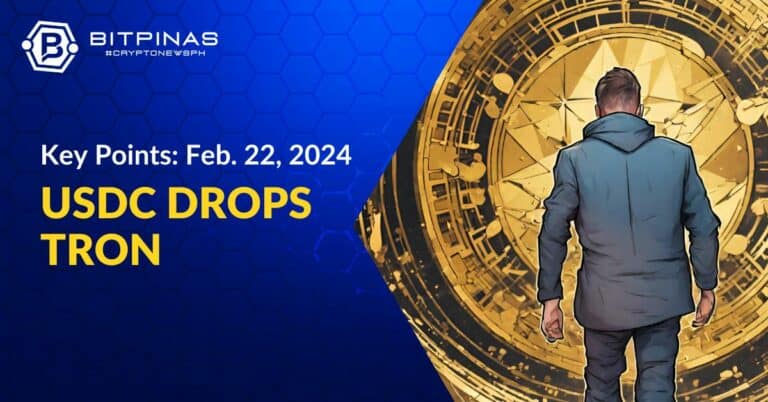
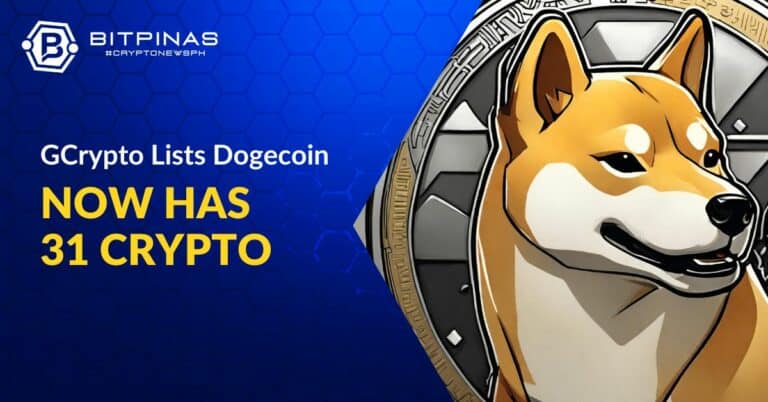

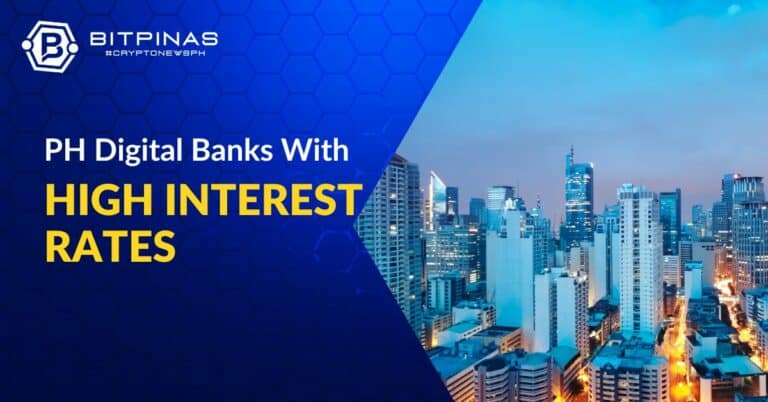

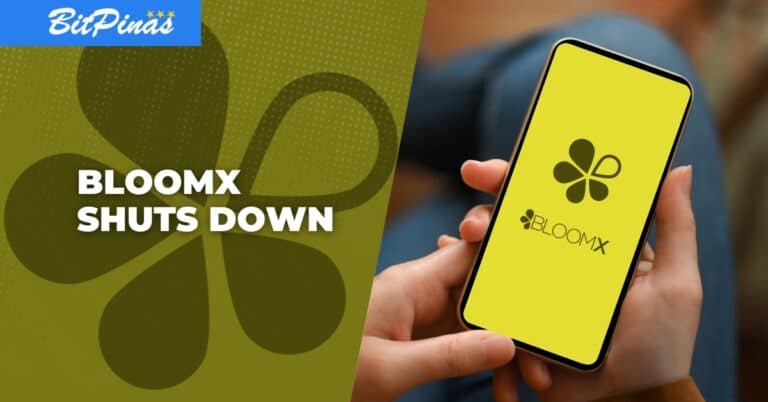


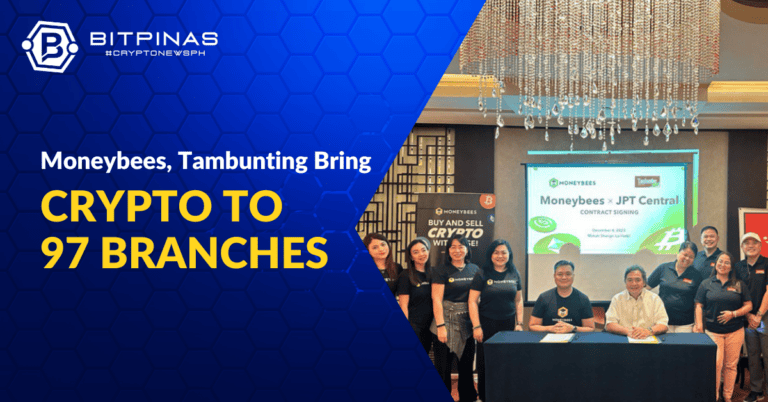

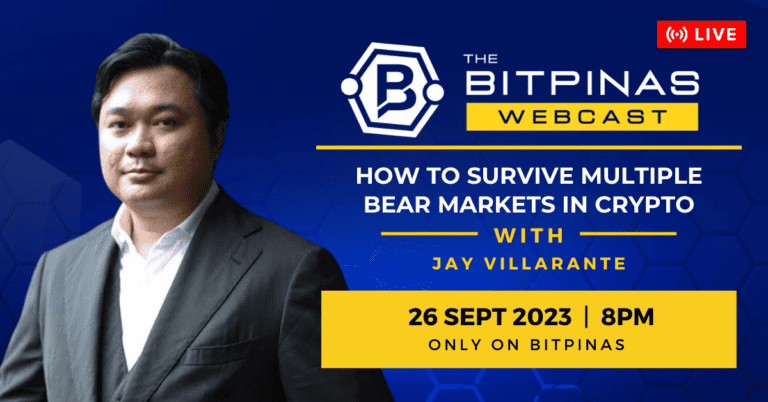
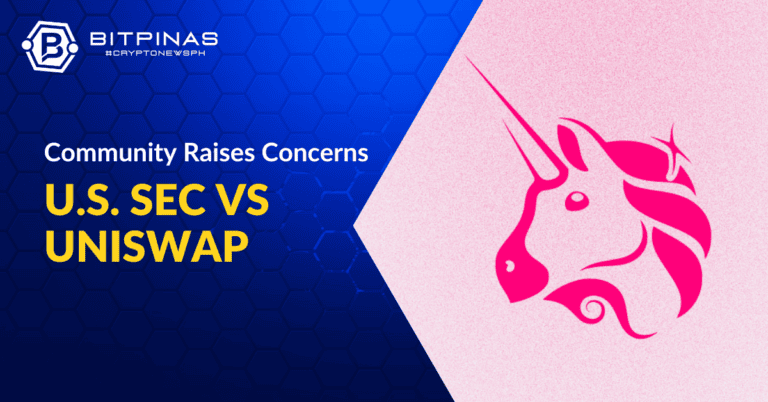
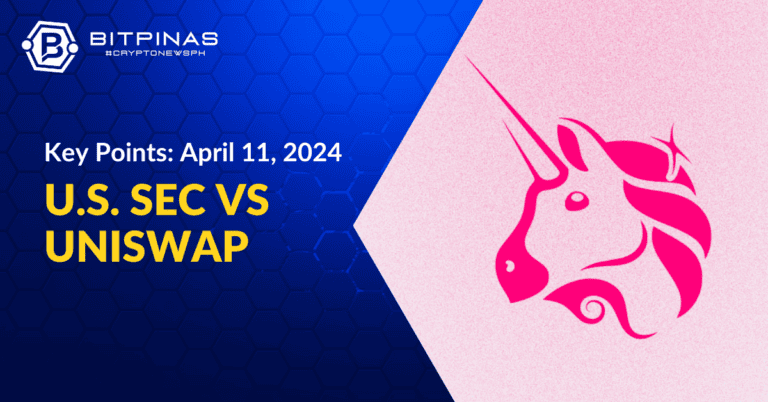
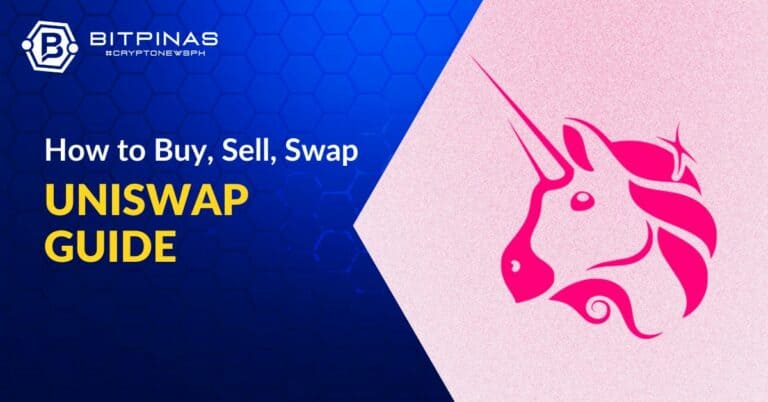
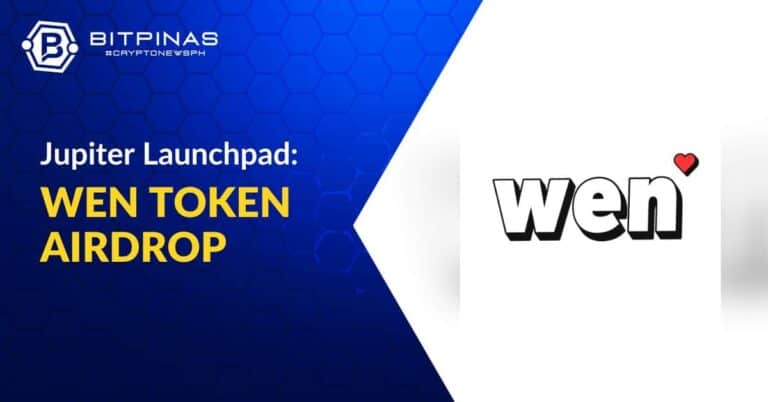
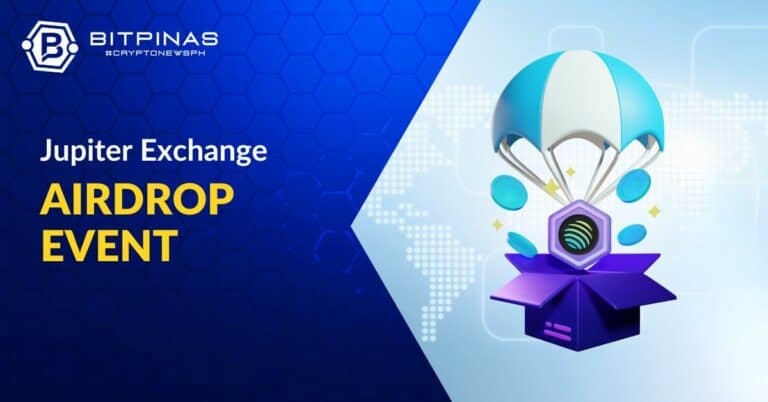

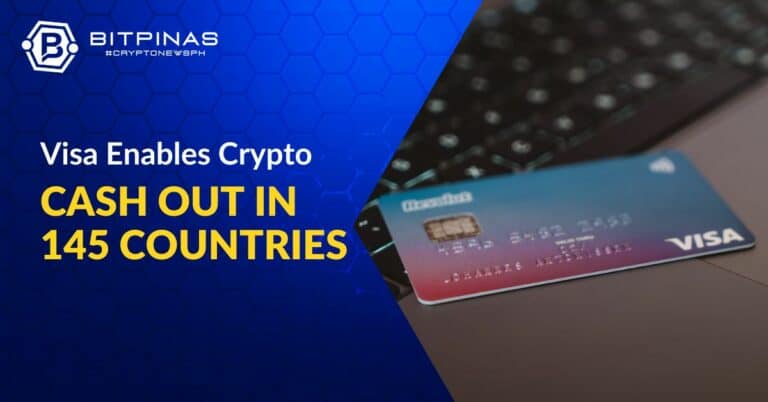
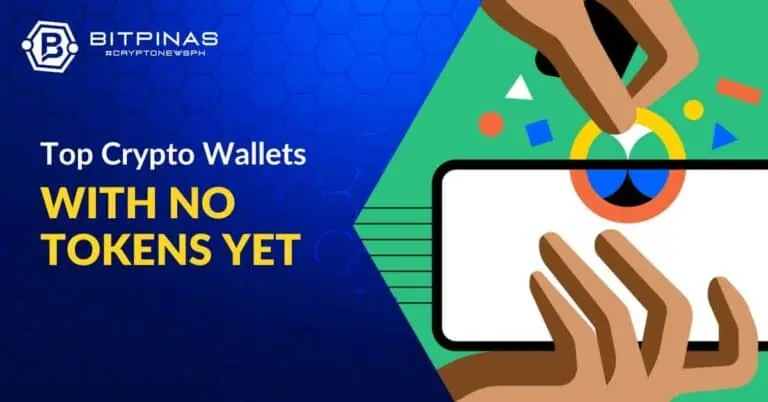
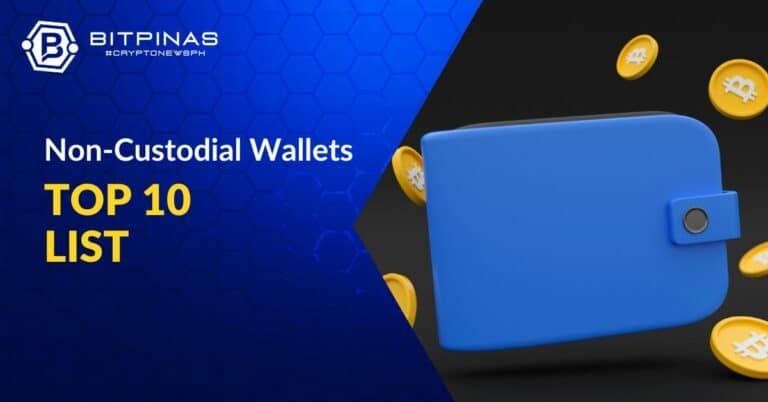
![[After Long Silence] Binance Assures PH Users Following SEC Demand; Google, Apple Urged to Hear All Sides 29 [After Long Silence] Binance Assures PH Users Following SEC Demand; Google, Apple Urged to Hear All Sides](https://bitpinas.com/wp-content/uploads/2023/08/BitPinas-Banner-768x403.png)
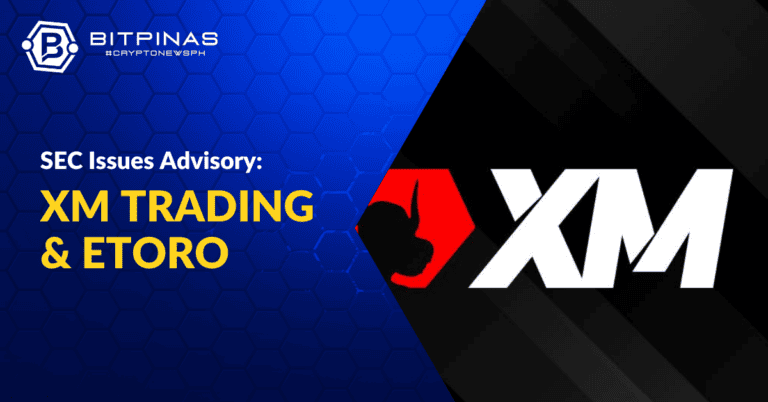
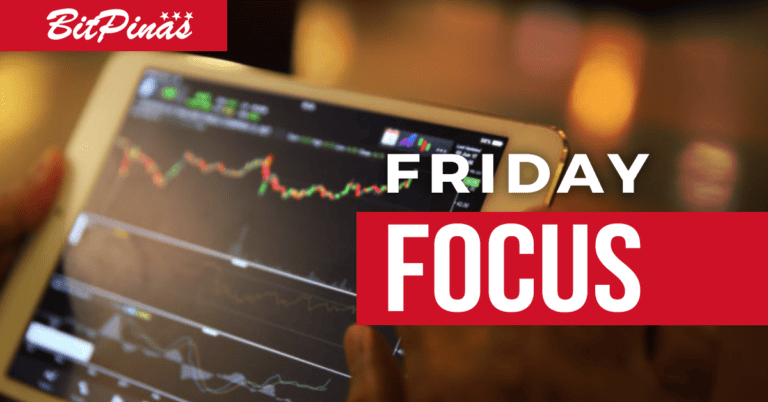


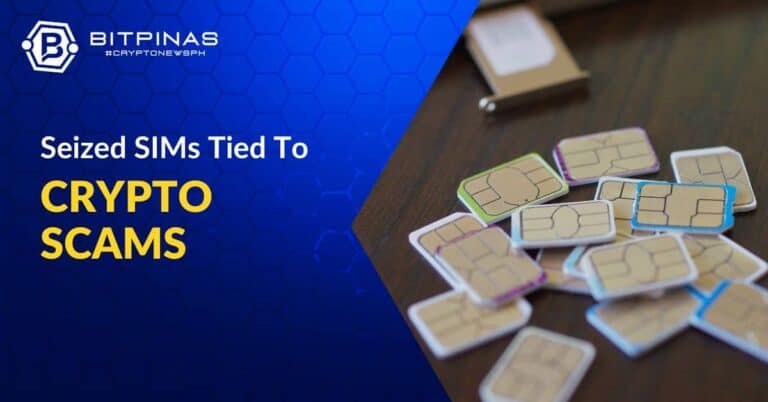

I have an existing Cloud Mining in Binance that cannot be withdrawn due to Binance Policy. if the Ban of Binance will happen, how can I recover my funds?
Hey man, that might be a good question to direct to the SEC or Binance, as we are just reporting the current situation as it stands. Please note also that the SEC also said in their statements that the deadline can be extended depending on feedback.